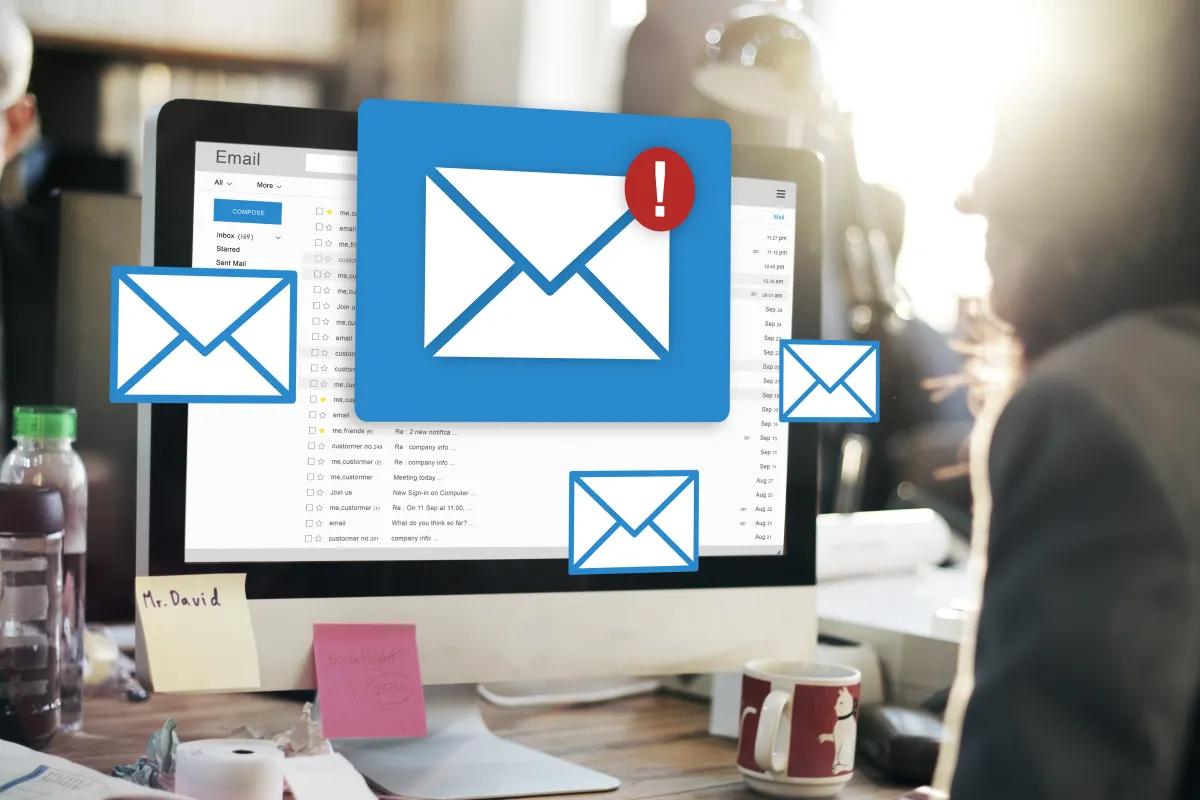Cold Emails: A Collaboration Cheat Code?
In academia and research, where connections and collaborations are paramount, the art of sending cold emails can be a powerful tool. A cold email is essentially an unsolicited email sent to someone with whom you have no prior contact or relationship. While it may initially feel a bit peculiar to reach out to strangers in this manner, investing time in crafting thoughtful messages can open doors to unexpected and fruitful collaborations.
Analysing personal experience in cold emails, it is seen that not every attempt results in success. However, there are instances where these endeavours prove to be remarkably rewarding. Such triumphs often culminate in active research collaborations, idea exchanges, and, notably, the publication of impactful research in esteemed journals.
One should begin with a concise introduction to navigate the nuances of cold emailing effectively. The introduction should briefly overview the sender’s identity and academic background. Including a curriculum vitae (CV) as an attachment lets the recipient know more about the sender’s credentials if their proposition proves attractive.
A crucial element of this strategic approach involves tailoring the email to the specific recipient. The sender must avoid the pitfall of creating just another generic research inquiry. Instead, they should demonstrate a genuine interest in the recipient’s work by highlighting specific aspects that have captured their attention. This approach signals to the recipient that the sender has invested time in understanding their unique contributions to the field.
Furthermore, clarity in stating intentions is paramount. The sender should explicitly communicate the purpose of the email. Whether seeking clarification on a particular aspect of the recipient’s research, facing challenges in reproducing their work, or requesting guidance or access to their model, clearly stating objectives lays the groundwork for a more productive exchange.
A recommended strategy is to initiate the conversation by expressing interest in a specific aspect of the recipient’s published work. This entails highlighting observations or ideas from their articles that spark potential avenues for future research. This demonstrates the sender’s engagement with the recipient’s work and sets the stage for a mutually beneficial collaboration.
In conclusion, while the uncertainty of receiving positive responses to cold emails may loom, the potential rewards undeniably justify the effort invested. Through thoughtful and well-researched communication, individuals can establish meaningful connections that may evolve into collaborative endeavours with lasting impact. It is imperative to recognise that behind each cold email lies the potential for a valuable “yes” capable of shaping the trajectory of academic pursuits.
“You will not know if you can get a positive outcome if you do not try.”
Ir Dr Savier Kong Zong Yang
School of Engineering and Technology
Email: @email




